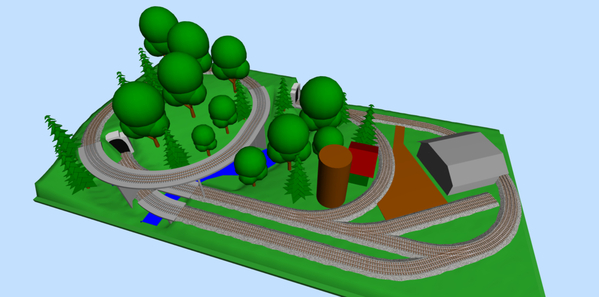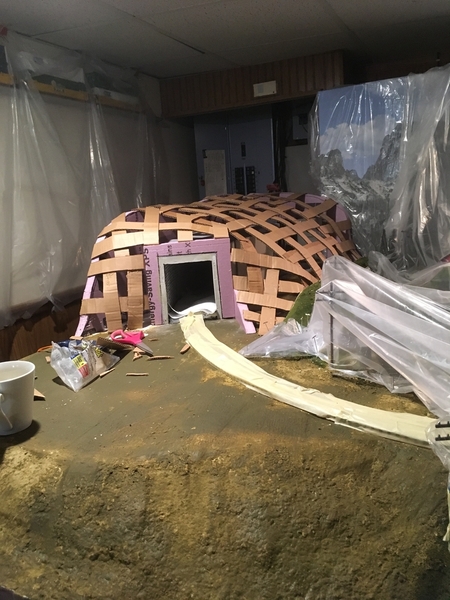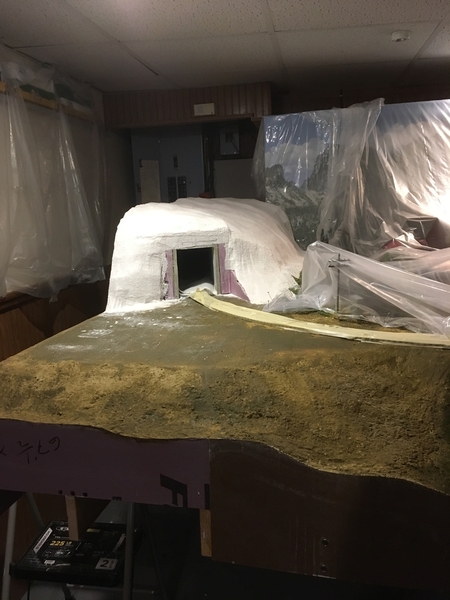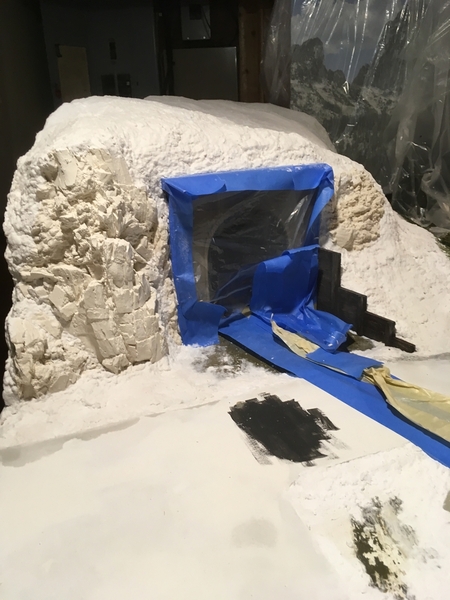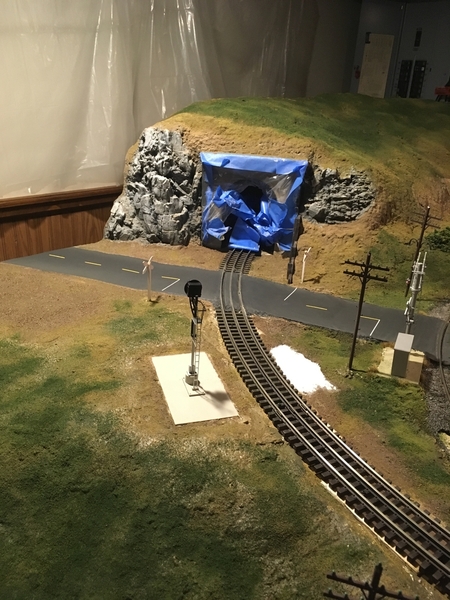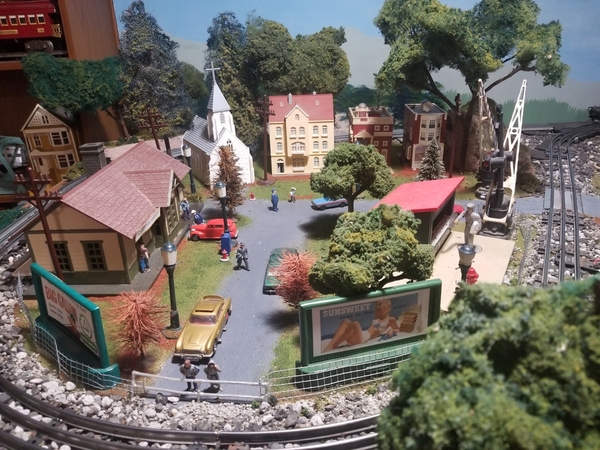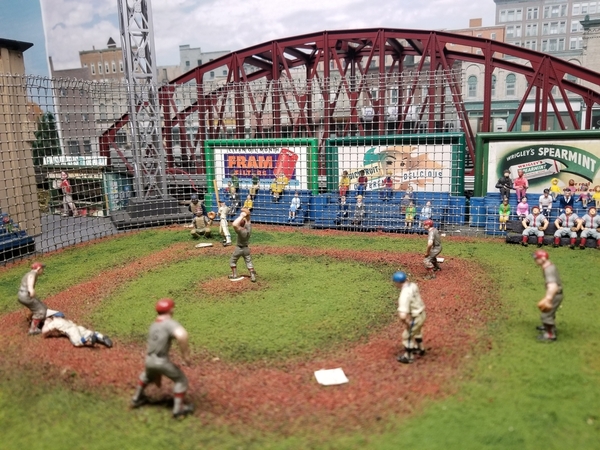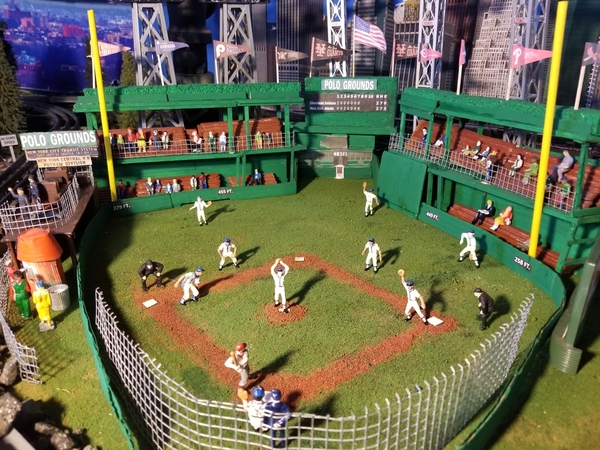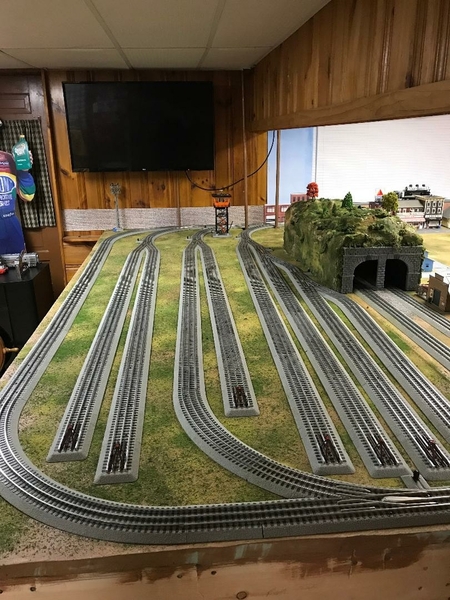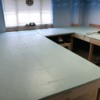To give some background, my current layout is a floor layout that I have upgraded to include 072 curves for my larger steamers. With some large, scale locomotives joining the roster, my smaller traditional O trains (eg, LC+2.0 Berkshire) look a little out of place. So I'd like to start a second, very small tabletop layout for my smaller trains to call home. This layout will be something to the tune of 4x6 with an option to upgrade to 4x8. As it is such a small space and will be on top of a table, I think this is a good opportunity for me to cut my teeth on creating natural scenery, something I have been interested in trying but having a large-ish floor layout in a small living space doesn't afford me to do. I'd like to do a small scene that is heavy on forestry with a small cliff/rock face going down into a stream.
My question is what do I use as the foundation or base for the scenery. I've heard quite a bit about using and sculpting foam, but I don't know what kind or where to get it. I went to an arts and crafts store awhile ago and the only foam they had that I could find was white foam board, didn't look ideal for carving and sanding into a landscape.
That being said, I do not have my heart set on using foam. Foam is just what I am most aware of. I have also heard of people using plaster but for various reasons that is probably not a good choice for me right now. What do you use?
I've attached some photos to give an idea of what I want to do. Note that these pictures are for the 4x8. For the 4x6 portion, I will be clipping off 2 feet from the right of the layout. The right portion of the 4x6 loop will turn into a passing siding when I add the 2-foot section to turn the layout into a 4x8. Structures in the render are a water tower, a small dilapidated freight station, and Menard's Criple Creek Lumber Yard. Track plan is subject to change, but I think this is pretty close to what I want. Some switching complexity and the ability to run two to three engines - two small trains (top and bottom loops) and a yard switcher.
Thanks for your help!




